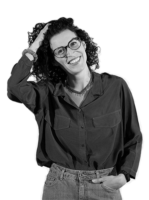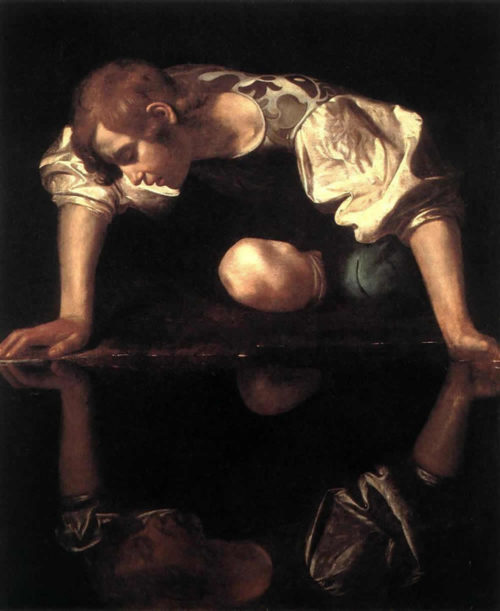“All art has been contemporary” the installation by Maurizio Nannucci reminds us.
Since always, especially since the end of the nineteenth century, art has felt the need to be avant-garde, an antenna of the complexities and contradictions that the emerging present places in front of us. A present full of possible interpretations, opinions, dilemmas that are not easy to face, as this 2020 confirms. And yet, in spite of this, it continues to be a present in which we make small and big decisions every day, build opinions and choose on which principles and values to model our behavior, even at work.
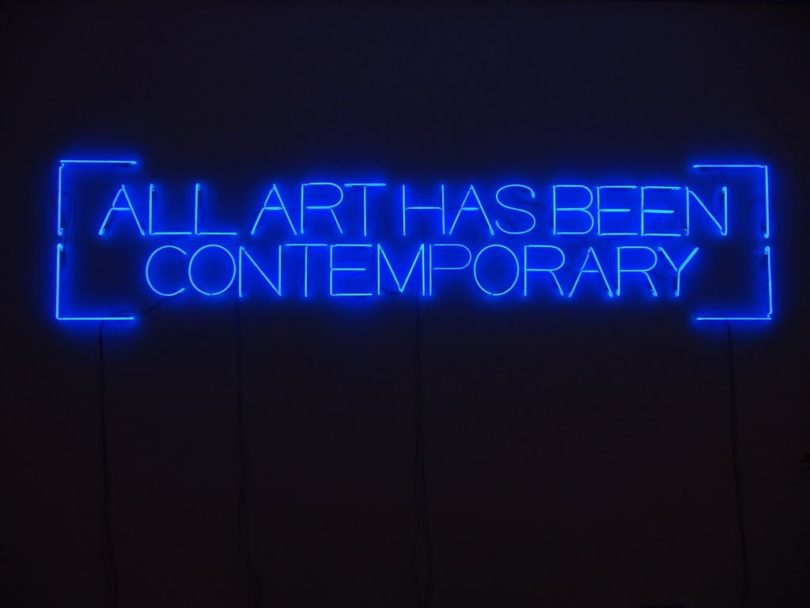
All art has been contemporary | Maurizio Nannucci
Art in organizational development projects
But what does art have to do with organizational development projects, we are often asked.
Organizations are eco-systems, microcosms, just like the society we are part of, and above all, organizations exist thanks to the people who are part of them. And art helps us to access the full potential of ourselves, in facing the challenges we have in front of us. How?
1. Art makes complexity accessible.
It is immediate, universal and non-verbal.
It involves our deepest emotions, not only the rational side that often rules our choices at work; those same choices that are perfect on paper, but sometimes not very sustainable in our lives and in the lives of our teams. Art embodies the best side of human nature, its complexity and the beauty it can generate if we try to live it to its fullest. Art tells us that we are okay just as we are, that imperfection and contradiction can become poetry and a path of discovery. Navigating complexity, instead of denying it or forcing it back to procedures, opens up new ways of working, agile, based on prototypes and continuous learning, which are better suited to the uncertain present in which we live.
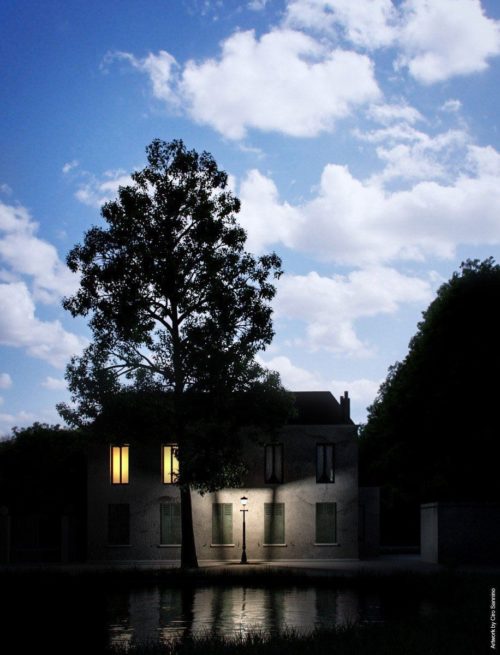
L’Empire des lumières | René Magritte
Magritte was a master of this fascinating contradiction as his “Empire of Lights” demonstrates.
2. Art reflects us.
To experience art is to experience life. All the senses regain their central function in the experience and once again become promoters of thought. So a small artistic experience can open up insights that later can be replicated and multiplied in everyday life. At a time when smart working has emerged more out of necessity than choice, learning in a new way to participate with all our senses in daily work is becoming a matter not only of work effectiveness, but also of mental health.
“You use a glass mirror to see your face; you use works of art to see your soul”.
George Bernard Shaw
Narciso | Caravaggio
The myth of Narcissus, here in Caravaggio’s depiction, has inspired so many pages of contemporary psychological literature!
3. Art raises questions.
Sometimes provocatively, sometimes more veiled, art asks questions, powerful questions, uncomfortable questions. Indeed, how much we need these authentic questions in order to be ourselves to the fullest, in life and in the work groups we are part of. It’s no coincidence that one of the most requested topics is how to make agile retrospectives, deal with tensions, learn to give and receive feedback, and communicate in a non-violent way. The questions asked through art resonate with who we are, our desires and ambitions, our needs and fears. I took this picture in August, walking through the streets of Venice, and I was thinking how such a simple phrase, placed in an unprecedented place like a staircase, walked on by so many people every day, can trigger powerful reflections and stimuli.
This is what art in a group can open up to.
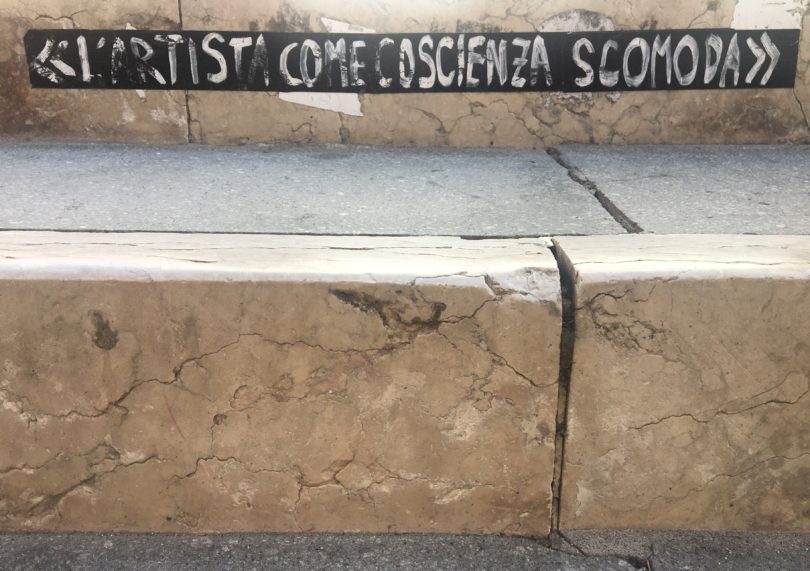
L’artista come coscienza scomoda | 2020 | Venezia
4. Art enables sharing
Art makes us feel part of something, it allows us to share our experiences, both as artists and as users. Works of art, as well as the reality around us, do not have a unique meaning. Everyone has a special perspective from which they create or observe them, just as each of us has a unique expertise and can have an opinion in a project. It becomes our responsibility to choose whether to act on this awareness generatively or destructively. The more we learn to connect and listen to different perspectives at work, the faster and more effective our decisions can be.
![]()
Icona della Natività | Andrei Rublev
In Russian icons, the perspective is reversed. This means that the vanishing point is outside the painting and coincides with the observer.
![]()
It is a choice that has a strongly symbolic value, it physically communicates to us that we are the observers who give a unique perspective to what we are looking at. We are the ones who construct meaning. It could be argued that linear perspective was not yet known at the time, and it is true, historically. But it is equally true that even today, sacred images in the Orthodox tradition are constructed according to this “logic” and that Cubism felt the need to reiterate that reality is the result of individual and multiple constructions of meaning.
5. Art requires the courage to take a stand
Every artist takes a stand with his works and exposes himself to the interpretations or judgments of the world. A work of art is not only an object or a performance, but it is the research path that generated its urgency and the consequences it produces in the world. This path can be long, often invisible.
Courage is very helpful in our transformative work with groups. How do we embrace a colleague’s decisions or standpoints, be an active supporter, a good follower? And how to courageously take stands when it is up to us to summarize. How to be a leader?
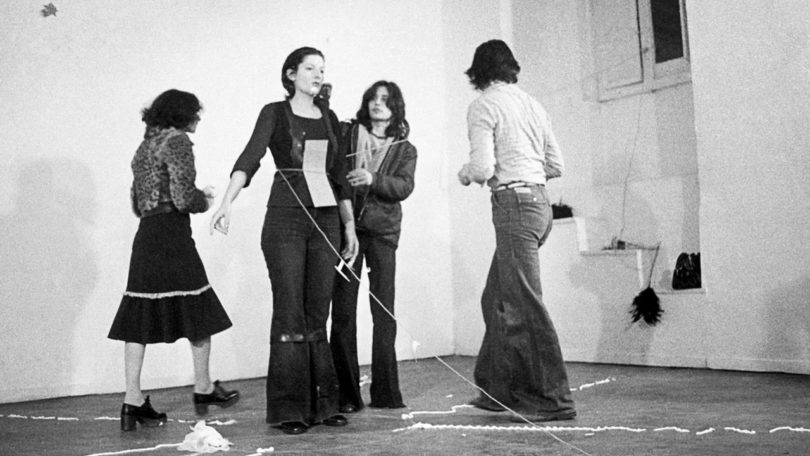
Marina Abramović | Rhythm 0 | 1974 | Napoli | Arte Svelata
Marina Abramovic in 1974, created an extreme performance art piece on this theme, “Rhytm 0“. She exposed herself, her being, authentically and vulnerably to the judgment and action of the world. She remained motionless for six hours, from 8 pm to 2 am. She had also arranged, on a table in the room, 72 items, and left bystanders a written message:
“There are 72 items on the table and they can be used freely on me. During this time, I take full responsibility for what happens”.
What happened is now history, a history that is still contemporary.
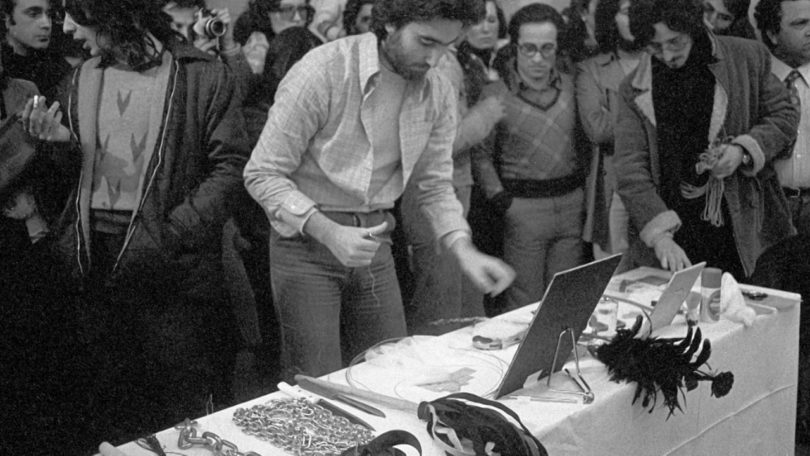
Marina Abramović | Rhythm 0 | 1974 | Napoli | Arte Svelata
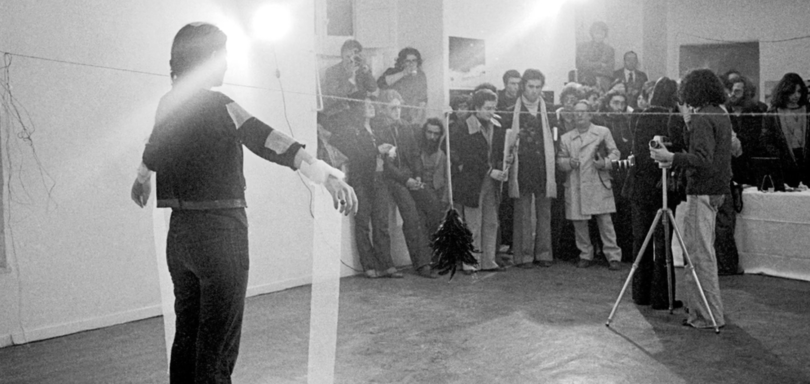
Marina Abramović | Rhythm 0 | 1974 | Napoli | Arte Svelata
Do you want to find out how you can apply art in your organizational development projects? Contact me!
